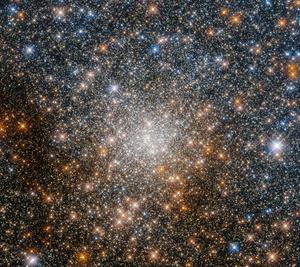Glossary term: 星团
Description: 星团是由恒星组成的星群,其所有组成的恒星都位于天空的同一区域,与我们的距离一致,化学成分和运动方式相似,年龄通常也大致相同。星团中的恒星很可能是由同一气体云形成的。星团的密度分布可以是集中在中心的球形,也可以是形状更为复杂的球形。它们大致分为两种类型:疏散星团和球状星团。疏散星团比较年轻(几百万年到大约 40-50 亿年),有几百到几千颗恒星,可能有来自原气体云的相关气体和尘埃残余。 在银河系中,疏散星团通常位于星系盘中。球状星团是最古老的星团之一,大多数都有 100 多亿年的历史。它们是中心集中的球形星团,包含数千到数百万颗恒星。在银河系中,球状星团通常位于银晕中。
Related Terms:
See this term in other languages
Term and definition status: The original definition of this term in English have been approved by a research astronomer and a teacher The translation of this term and its definition is still awaiting approval
The OAE Multilingual Glossary is a project of the IAU Office of Astronomy for Education (OAE) in collaboration with the IAU Office of Astronomy Outreach (OAO). The terms and definitions were chosen, written and reviewed by a collective effort from the OAE, the OAE Centers and Nodes, the OAE National Astronomy Education Coordinators (NAECs) and other volunteers. You can find a full list of credits here. All glossary terms and their definitions are released under a Creative Commons CC BY-4.0 license and should be credited to "IAU OAE".
If you notice a factual or translation error in this glossary term or definition then please get in touch.
Related Media
银河系中心附近球状星团中的恒星
Credit: 欧空局/哈勃和美国国家航空航天局,R. Cohen credit link
License: PD Public Domain icons









